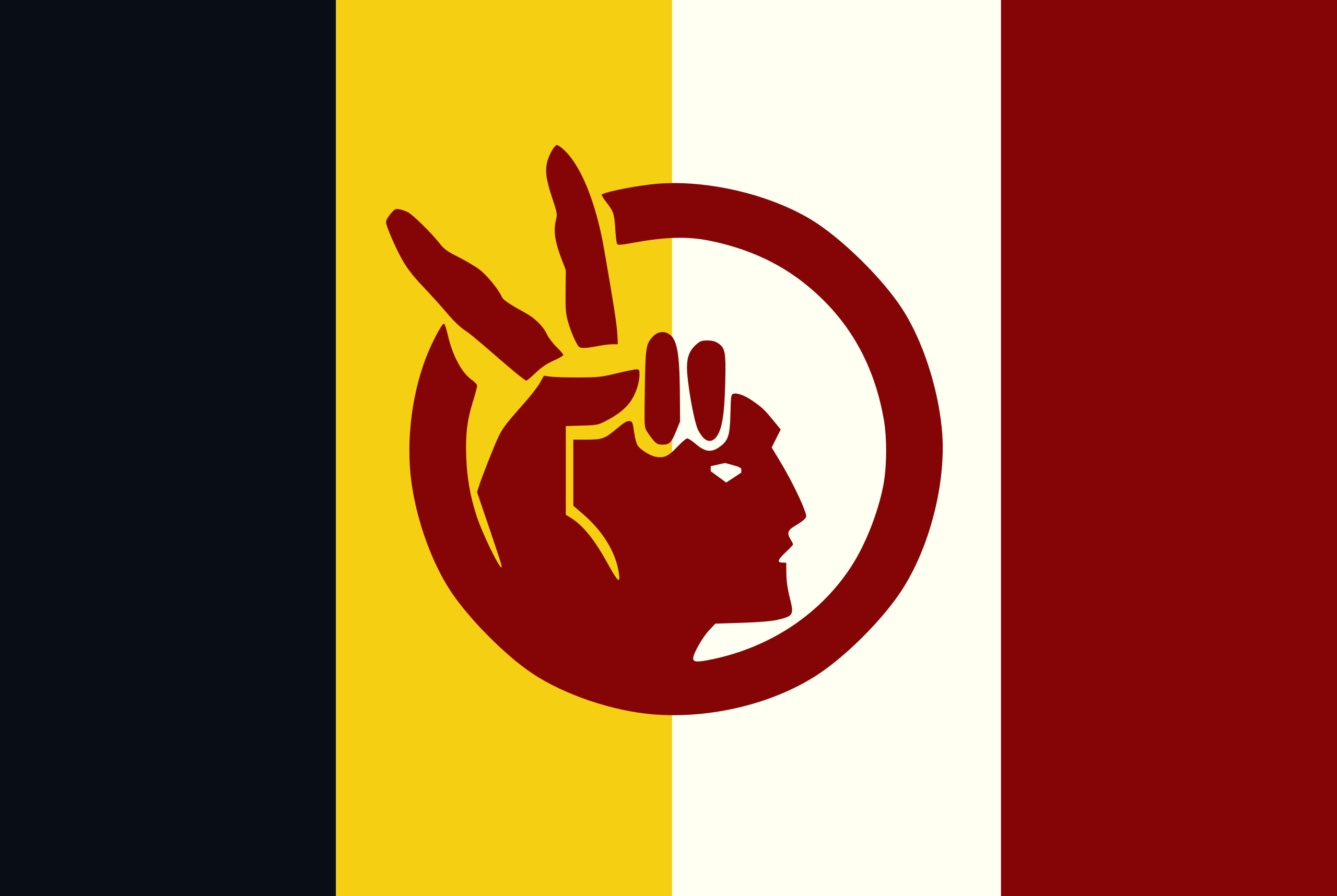No edit summary Tag: Visual edit |
(Using updated parameters (from political_line to political_orientation)) |
||
| Line 1: | Line 1: | ||
{{Infobox political party|name=American Indian Movement|logo=AIM flag.png|founded=1968| | {{Infobox political party|name=American Indian Movement|logo=AIM flag.png|founded=1968|political_orientation=Indigenous rights<br>[[Anti-racism]]<br>[[Anti-imperialism]]}} | ||
The '''American Indian Movement''' ('''AIM''') is an indigenous movement in the [[United States of America|United States]]. | The '''American Indian Movement''' ('''AIM''') is an indigenous movement in the [[United States of America|United States]]. | ||
Revision as of 13:19, 14 November 2022
American Indian Movement | |
|---|---|
 | |
| Founded | 1968 |
| Political orientation | Indigenous rights Anti-racism Anti-imperialism |
The American Indian Movement (AIM) is an indigenous movement in the United States.
History
AIM was founded in 1968 in Minneapolis, Minnesota. In 1969, it began a 19-month occupation of Alcatraz Island and established a radio outlet called Radio Free Alcatraz. AIM held its first congress in 1970, which involved 18 AIM chapters. Starting in 1972, AIM opened a series of survival schools that taught indigenous culture.
In 1973, at the request of Lakota elders, AIM began an occupation of Wounded Knee on the Pine Ridge Indian Reservation. They held the town for 71 days and fought against U.S. armed forces.[1]
Twenty-point program
In 1972, AIM created the following twenty-point program:[2]
- Restoration of constitutional treaty-making authority.
- Establishment of treaty commission to make new treaties.
- An address to the American people and joint sessions of Congress.
- Commission to review treaty commitments and violations.
- Resubmission of unratified treaties to the Senate.
- All Indians to be governed by treaty relations.
- Mandatory relief against treaty rights violations.
- Judicial recognition of Indian right to interpret treaties.
- Creation of Congressional joint committee on reconstruction of Indian relations.
- Land reform and restoration of a 110-million acre Native land base.
- Revision of 25. U.S.C. 163; restoration of rights to Indians terminated by enrollment and revocation of prohibitions against "dual benefits."
- Repeal of state laws enacted under Public Law 280.
- Resume federal protective jurisdiction for offenses against Indians.
- Abolition of the Bureau of Indian Affairs by 1976.
- Creation of an Office of Federal Indian Relations and Community Reconstruction.
- Priorities and purpose of the proposed new office.
- Indian commerce and tax immunities.
- Protection of Indians' religious freedom and cultural integrity.
- National referendums, local options, and forms of Indian organization.
- Health, housing, employment, economic development, and education.
References
- ↑ "A Brief History of the American Indian Movement". Laura Waterman Wittstock, Elaine J. Salinas. Archived from the original on 2022-08-10. Retrieved 2022-09-10.
- ↑ [https://aimovement.org/ggc/trailofbrokentreaties.html "TRAIL OF BROKEN TREATIES 20-POINT POSITION PAPER"] (1972). American Indian Movement. Archived from the original on 2022-02-05. Retrieved 2022-05-03.